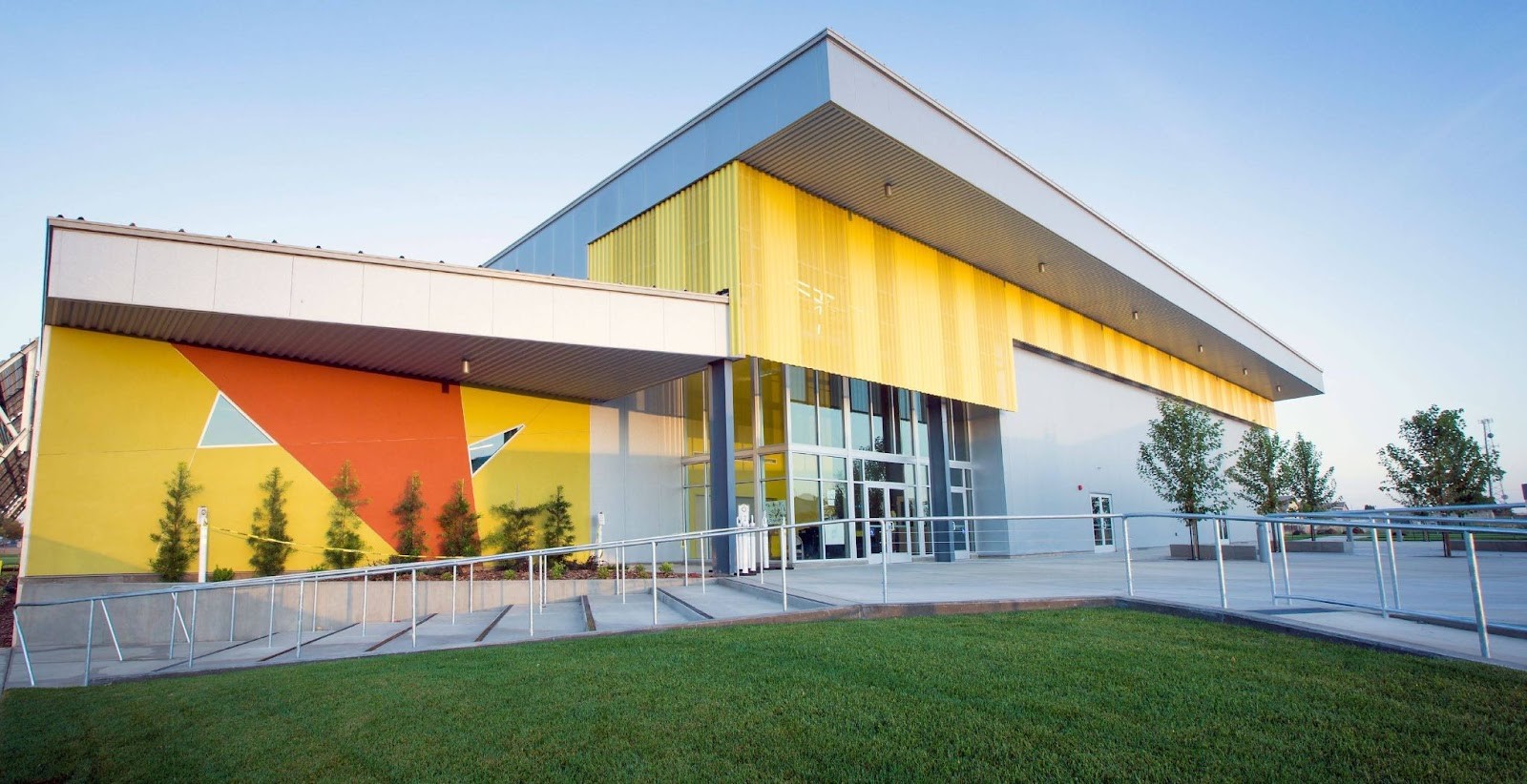The foundation, exterior walls, framing, insulation, air sealing, vapor barriers, wind barriers, drainage planes, exterior windows and doors, attic floor, and/or roof of your home. The envelope of a house encircles it. It is the part of your home that separates your home’s inside conditioned spaces from non-conditioned spaces (such as attached garages, Storage Buildings, porch, deck, and sometimes the attic) and the outdoors. The conditioned spaces of your home are the areas of your home that you use energy to heat and/or cool. It is also the areas where you do not want draughts, allergens, or pollution to enter your home from the outside.
Many people are desperate for ways to save energy. And there are numerous methods for conserving energy. In this post, we will look at the use of Energy Efficient Windows in homes and offices, as well as how they create a thermal envelope around the home and office. As the world moves toward energy conservation, we must understand Energy Efficient Windows, how they work, and the benefits they provide.
Energy-efficient windows are classified into several types based on the brand, frame, and energy-saving features they provide. The primary function of Energy Efficient Windows (Energy Saving Windows) is to keep heat in during the winter and out during the summer. As a result, they act as an insulator for the home or office, reducing energy consumption. They conserve energy while increasing comfort.
What is a building envelope?
When it comes to sealing a home for energy efficiency, the first thing to consider is the building’s envelope. This is the layer that separates the conditioned living space of a home from the outside world. In a nutshell, it is the home’s heat-flow control layer, similar to an oversized fluffy sweater.
Advantages of a smart membrane:
- improved comfort that you instantly notice
- lower heating bills as the heat stays trapped inside
- efficient humidity exchange from the house
When we talk about a building’s thermal envelope, we’re talking about the airtight layer of smart membrane that’s either on the outside or inside of the walls. Correct attention to sealing and insulating this area of a home can result in significant value and comfort gains for the homeowner.
The same way you put on a hat in the winter because heat escapes through the top of your head, the same theory applies to your house. The better you use an air barrier, the better it works in conjunction with a good R-value based on your climate zone, increasing your home’s efficiency.
How to Seal Your Thermal Envelope
You don’t have to let gaps in your thermal envelope prevent you from achieving energy efficiency. However, before you can seal your thermal envelope, you must first determine where the air is leaking out. Look for light leaking in or excess dust and dirt to identify leaks around windows and doors. Look for similar leak signs in unfinished areas of your home, such as an attic.
After you’ve identified the leaks, you can start working on containing the air in your home. Weather stripping installed along the doorframe will help to seal leaks around your doors. Fill any gaps around your windows with a fresh layer of caulk. You can also use extra insulation and expanding foam to seal spaces like your attic if the air is leaking inside.
Glass Coating
Low E glass is used in Energy Efficient Windows to block the sun’s rays. When it is cold outside, this type of glass helps to keep the heat inside the house and vice versa. It also has glazing options such as reflective coatings, tints, and gas fills. This allows it to save money on heating and cooling the house.
Spacer Systems
In place of wood or metal, Energy Efficient Windows use a polymer foam structure. Polymer material keeps the house thermally efficient and condensation-free. It lowers the window’s U value. According to experts, the lower the U value, the greater the window efficiency.
Technology Used
Previously, wood was thought to be the best window material, but times have changed. The modern world values inefficiency as well as attractive appearances. Windows in modern design are made up of multiple glass panes that are filled with gas. UV rays can be blocked by multiple paned windows.
Because UV rays are harmful to our health, these window panels keep your homes warm and comfortable all year. They also keep your fabric, floors, and other areas of your home from fading.
Energy Efficient Window Treatments: “It’s Curtains for You!”
Curtains not only add style, color, and privacy to a room, but they also act as an insulating blanket for one of the house’s thermally conductive elements: the windows. Curtains with thermal backing are even more effective at sealing off a window. Thermal backing is typically foam because foam allows water vapor to move through the fabric more slowly rather than condensing on the cold side of the fabric and causing moisture problems. Thermal curtains also help to deaden the noise from outside that is normally transmitted into the room through the window glass. In the summer, the curtains also provide shade from the hot sun.
By adding a valance with a top, thermal curtains can be made even more efficient. Because of the rods and brackets, window valances usually conceal the curtain hardware. Heat air that would normally flow down between the cool glass and the back of the curtain is blocked if the valance has a high cover. Valances can be constructed from plywood and then stained, painted, or covered in fabric.


